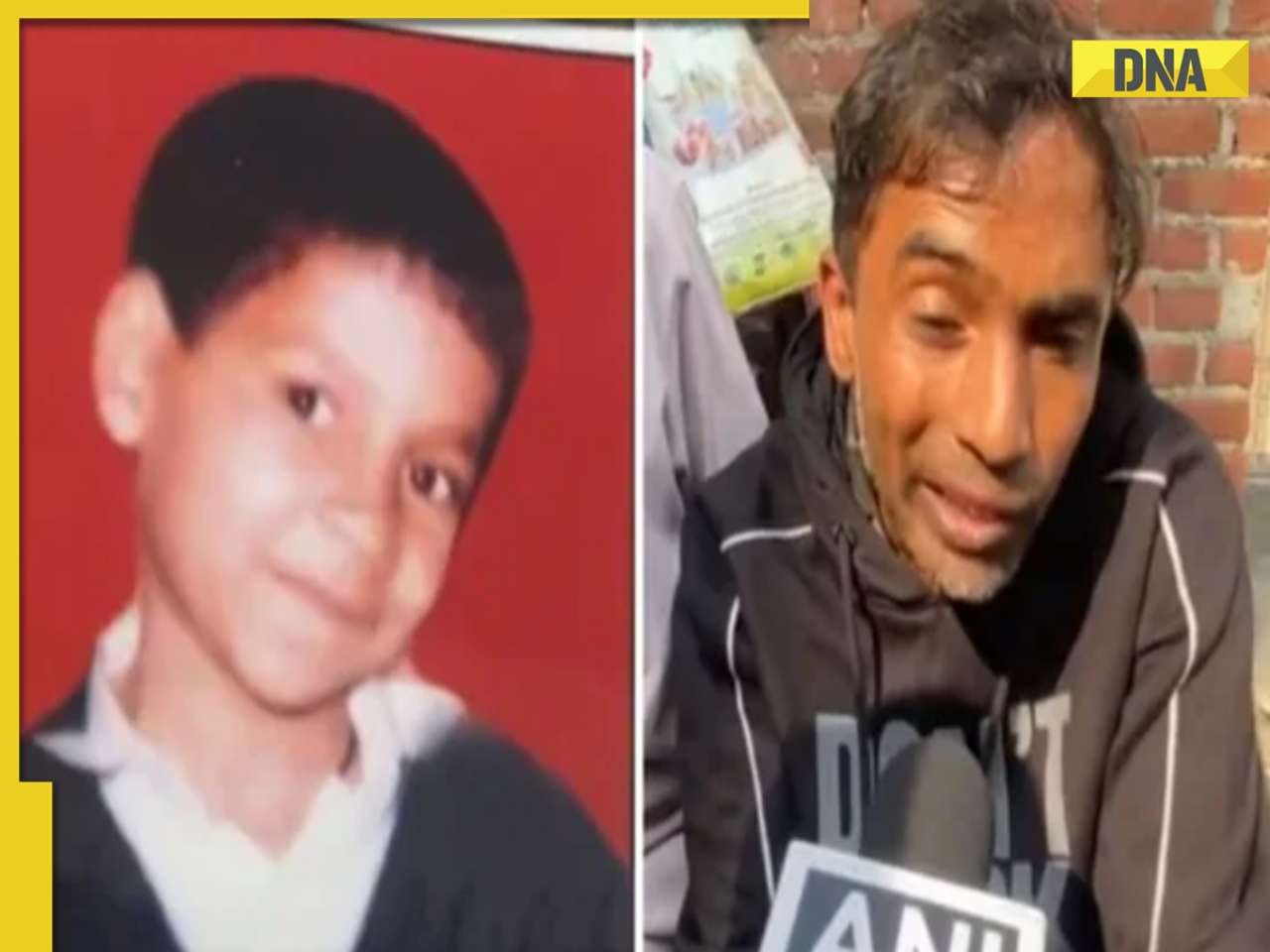 |
|
The story of Bhim Singh's reunion with his family after nearly three decades of forced servitude is a testament to the resilience of the human spirit and the power of community in overcoming adversity. His abduction as a child, his years of exploitation as a bonded laborer, and his eventual rescue and reunification represent a profound narrative of loss, suffering, and ultimately, hope. The details of his ordeal, as recounted by Bhim Singh himself and confirmed by the police, paint a stark picture of the harsh realities of bonded labor, a system that perpetuates exploitation and deprives individuals of their fundamental rights and freedoms. His kidnapping, his forced labor in Jaisalmer, Rajasthan, and the constant threat of violence – all of this speaks to the systemic issues that allow such practices to continue. The casual cruelty described – a single meal a day, beatings tied to a tree – highlights the dehumanizing nature of bonded labor, stripping individuals of their dignity and reducing them to mere instruments of work.
The role of the police in Bhim Singh's reunification is crucial to understanding how such cases can be successfully resolved. The fact that Bhim Singh, upon arriving at the police station, was unable to provide his address initially underscores the challenges faced by victims of such crimes, often disoriented and traumatized by their experiences. However, the police's proactive approach, employing social media to disseminate information about him, demonstrates the potential of technology in solving complex cases. Their diligent efforts in circulating his details, and the subsequent response from Tula Ram's family, highlights the importance of community engagement and collaborative efforts in helping to reunite missing persons. The fact that Bhim Singh immediately recognized his family speaks volumes about the enduring strength of familial bonds, even after years of separation and hardship. This reunion is not just a personal triumph for Bhim Singh, but a testament to the efficacy of collaborative police work and community involvement in addressing serious crimes.
The story of Bhim Singh’s ordeal also serves as a stark reminder of the ongoing challenges faced in eradicating bonded labor. While his successful reunification is a positive development, it underscores the need for stronger legislative frameworks, effective law enforcement, and increased societal awareness to combat this form of modern-day slavery. The fact that Bhim Singh was able to escape and find help, though fortunate, is not the norm. Many others remain trapped in similar situations, enduring unspeakable hardship without the means or opportunity to seek help. The investigation into Bhim Singh’s case should not only focus on his individual experience but should also extend to a broader examination of the networks that perpetuate bonded labor. Identifying and prosecuting those responsible for his abduction and exploitation is crucial not only for justice but also for preventing future instances of such crimes. The story should serve as a call to action, urging greater vigilance and a concerted effort to root out bonded labor from our society.
Beyond the legal ramifications, Bhim Singh's story also speaks to the psychological impact of prolonged trauma and the need for appropriate support systems for victims. The years of forced labor, isolation, and physical abuse likely left deep emotional scars that will require long-term healing and rehabilitation. Access to counseling, social work services, and economic opportunities is crucial to help Bhim Singh and other victims of bonded labor rebuild their lives and reintegrate into society. Providing them with the necessary resources to address their physical and emotional needs ensures their successful reintegration and prevents the cycle of exploitation from continuing. His story is a powerful symbol of hope, but it also underlines the importance of sustained support and rehabilitation for those who have endured the unimaginable horrors of bonded labor.
